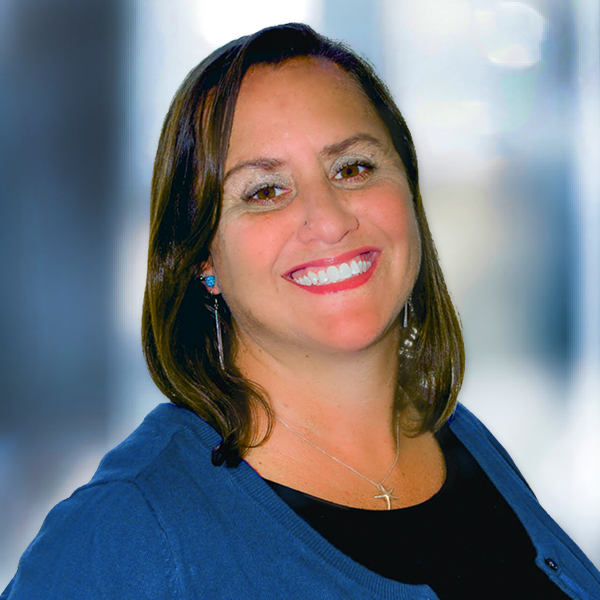2025
Comparably’s Best Company Outlook
* Providing engineering services in these locations through SWCA Environmental Consulting & Engineering, Inc., an affiliate of SWCA.

From the experts we hire, to the clients we partner with, our greatest opportunity for success lies in our ability to bring the best team together for every project.
That’s why:
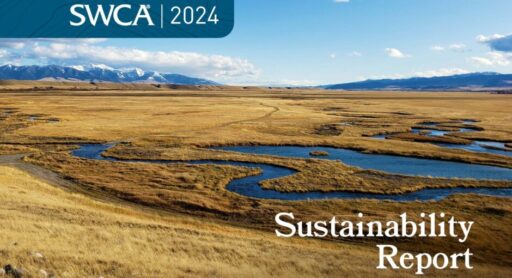
At SWCA, sustainability means balancing humanity’s social, economic, and environmental needs to provide a healthy planet for future generations.
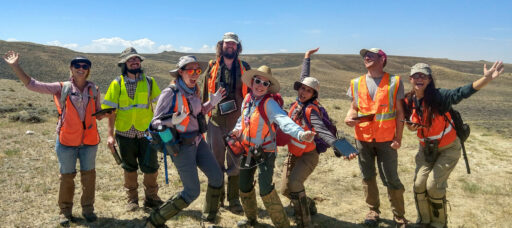
SWCA employs smart, talented, problem-solvers dedicated to our purpose of preserving natural and cultural resources for tomorrow while enabling projects that benefit people today.
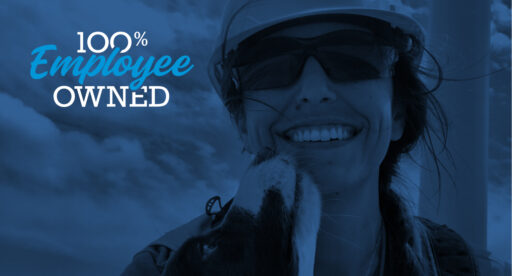
At SWCA, you’re not just an employee. You’re an owner. Everyone you work with has a stake in your success, so your hard work pays off – for the clients, for the company, and for your retirement goals.
Otay River Mitigation Bank
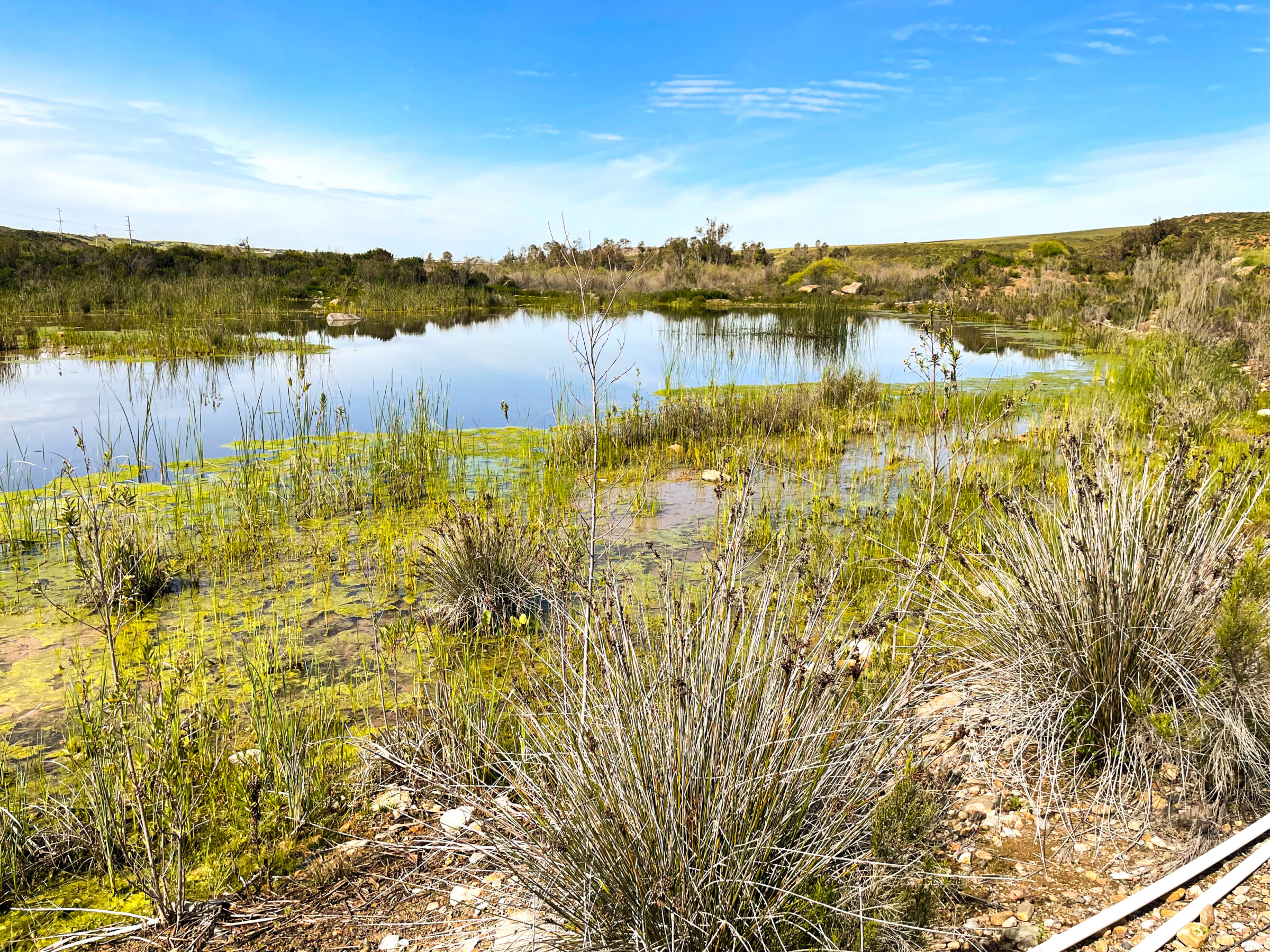
SWCA is leading the restoration design and permitting of the regionally significant Otay River Restoration Project, covering the first 2.5 miles of the Lower Otay River Watershed.

For questions or further information, please fill out the form below.
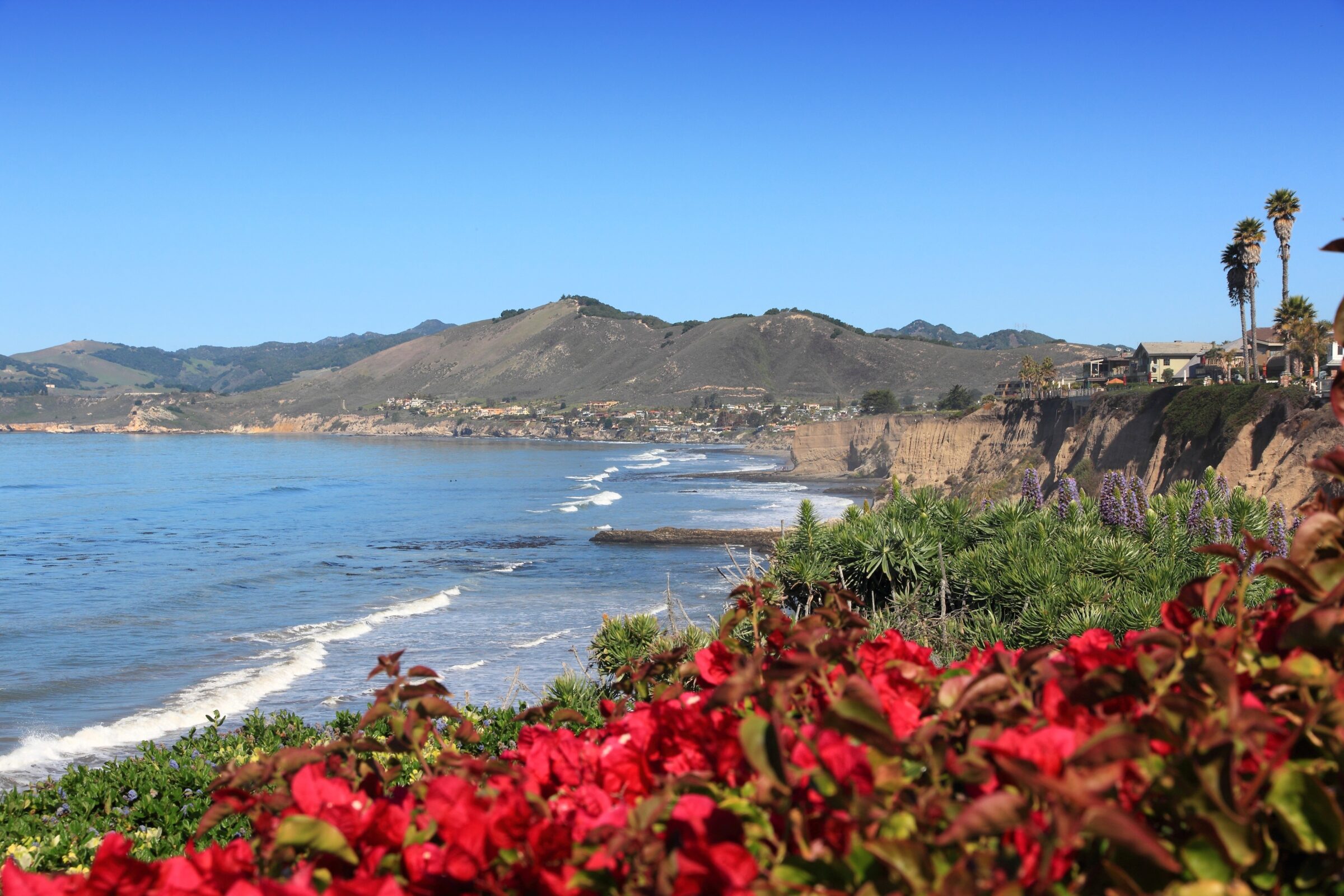
SWCA is leading the restoration design and permitting of the regionally significant Otay River Restoration Project, covering the first 2.5 miles of the Lower Otay River Watershed immediately downstream of Savage Dam. This project exemplifies SWCA’s understanding of watershed planning, our ability to lead complex restoration efforts, and facilitate public–private partnerships, thereby overcoming financial hurdles often plaguing degraded public lands.
The Otay River Restoration Program has evolved to include a permittee responsible component and a mitigation bank. These mechanisms will secure mitigation credits for aquatic resources and species to offset impacts from local housing development projects, road infrastructure, and other future needs in the region. In addition to meeting the needs of the program sponsors (HomeFed Corporation [HomeFed] and City of Chula Vista), the project was expanded to also meet the mitigation needs of third-party users. This creative approach not only provided critical regional mitigation credits but also created a revenue stream to offset initial project costs while also funding future work in the Otay Ranch Preserve.
After an initial opportunities evaluation in 2014, followed by extensive research on the historical ecology of the area and current constraints, the project team identified a 300-acre location requiring restoration that was a priority for the watershed. As with much of the Lower Otay River, the area was historically disturbed by sand mining, ranching, and unauthorized trail creation and has subsequently been invaded by tamarisk (Tamarix spp.), causing the loss of ecological functions and overall degradation of native habitats. The project team has worked with the federal and state regulatory agencies and local partners including the City of Chula Vista, County of San Diego, City of San Diego, California Department of Fish and Wildlife, USFWS, San Diego Gas & Electric, U.S. Border Patrol, Otay Water District, Otay Valley Regional Park (OVRP) Citizens Advisory Committee and the client (a local private developer). Their input as well as regional planning documents informed the initial concept design to address both local and watershed priorities resulting in a comprehensive restoration approach, including a braided channel network and active floodplains to support riparian, transitional, and upland native habitats and tributary reconnection. In addition targeted restoration for the federally endangered least Bell’s vireo and locally rare vernal pools are incorporated into the project.
An initial 40-acre phase of the project, referred to as the Pre-Bank, was installed in the fall 2016 as permittee responsible mitigation, offsetting the impacts of three local development projects. This phase included equal amounts of floodplain riparian habitat, upland transitional habitat, and sage scrub habitat. The project completed Year 5 monitoring in 2025 and is tracking to meet success standards and project sign-off expectations.
The current phase of the project is focused on the development of a mitigation bank to both secure credits for client and partner use and to provide aquatic resource and species off-set opportunities to the larger region. This is a multiyear iterative process with multi-agency in person and virtual meetings as well as site reconnaissance visits. The final mitigation project includes 5+ miles of public trails for pedestrians, equestrians, and bicyclists associated with the City of Chula Vista Greenbelt and the Otay Valley Regional Park trail planning areas. The entire project has been designed to work with existing constraints including the no-release Savage Dam located a mile upstream, access requirements for on-site above- and below-ground utilities including transmission lines, water pipelines, and high-pressure gas lines, as well as preserving and where possible enhancing local resources covered by the Chula Vista Sub Area Plan of the San Diego Multiple Species Conservation Program (MSCP) such as California gnatcatcher, least Bell’s Vireo, spadefoot toad, San Diego fairy shrimp, and many rare plants.
Surveys include cultural resource surveys, sensitive invertebrates like Crotch’s bumblebee, California Rapid Assessment Method (CRAM), benthic invertebrate community, geomorphology, endangered species, vegetation mapping, aquatic resource delineation, as well as surface and subsurface hydrology. This data is being used for baseline, reference, and post-restoration condition and have been used to inform design and ecological success standards for permit compliance.
Driven by the need to offset planned housing developments, the Otay River Restoration Project (ORRP) kicked off in 2016. The population around San Diego has boomed, and development has been quick to keep pace. HomeFed Corporation, a mixed-use real estate development company, is working with the neighboring landowner City of Chula Vista to restore and use this area as a mitigation bank.
The ORRP goes above and beyond basic regulatory compliance. “From the beginning, HomeFed has always encouraged a high-quality mitigation product, and it’s something I know they are proud of as well,” said Teunis. “Mitigation banking is one of the best uses of private dollars on public land in that, when done properly, the benefit to the public land is a lift, not a burden—and is often done at a cost that is not easily covered by grants or public funding.”
Lindsay Teunis brings more than 20 years of experience in ecology and restoration. She primarily manages complex multi-benefit natural resources projects, particularly those requiring mitigation strategies to maximize dollars on the ground and streamline permitting. Lindsay excels in creating collaborative environments that bring together diverse expertise for restoration facilitates team building, partnerships, consensus, and a multidisciplinary approach. She specializes in wetland habitat assessment and restoration design, implementation, and monitoring, including development of long-term monitoring and management. Lindsay has strong working relationships with resource agency staff, a personal philosophy on holistic multi-benefit ecological restoration, and high standards for quality and client satisfaction. She prides herself on her ability to engage consultants, agencies, municipalities, and non-profits to create teams that are best suited for the task at hand.
